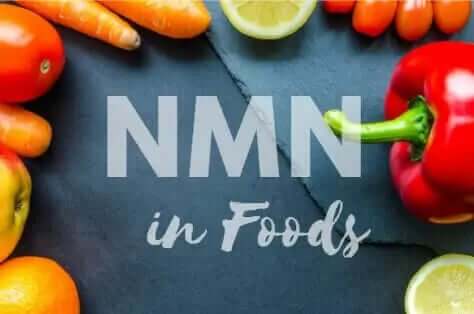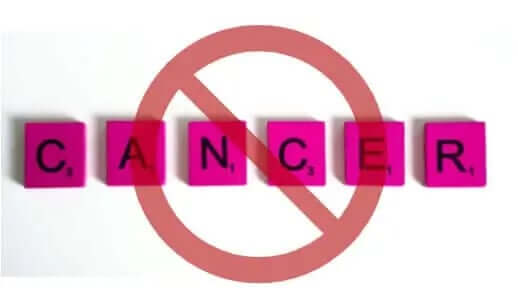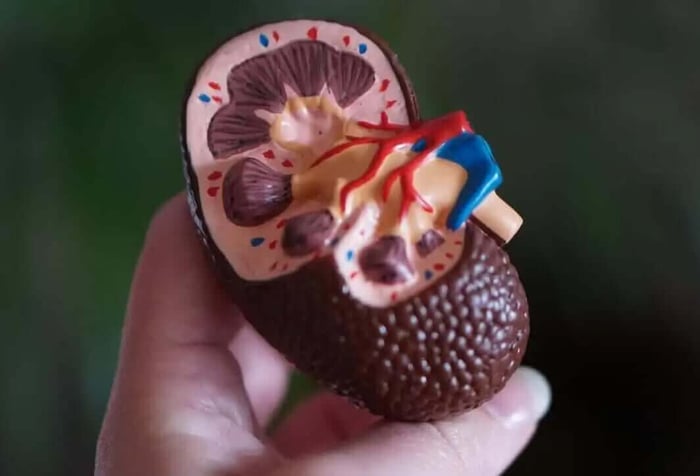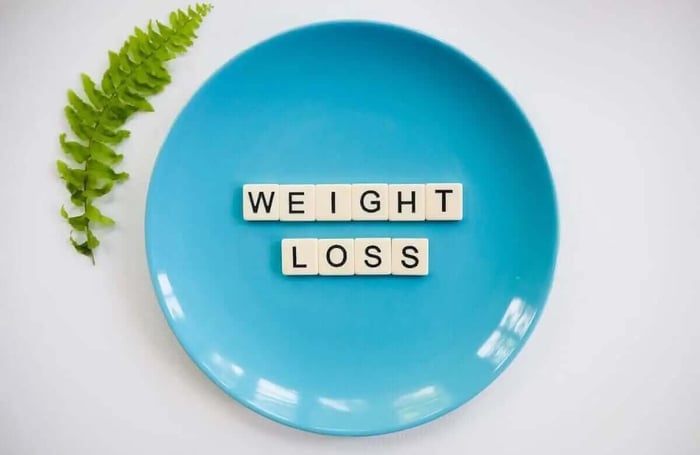NMN Foods: Natural Sources to Boost Your Nicotinamide Mononucleotide Levels

Discovering natural sources of NMN through your daily diet opens exciting possibilities for enhancing your health and vitality. While many seek the remarkable benefits of nicotinamide mononucleotide supplements, understanding which foods naturally contain this powerful molecule empowers you to make informed choices about your wellness journey.
The quest for increased energy, sharper focus, and healthy aging leads countless individuals to explore NMN supplementation. With premium NMN supplements offering transformative benefits, people naturally wonder whether dietary changes alone can deliver similar results. This comprehensive guide reveals the truth about NMN in foods and how to optimize your approach to this longevity-supporting compound.
Understanding NMN: Your Gateway to Cellular Vitality
NMN, or nicotinamide mononucleotide, exists naturally throughout the living world, particularly in whole, unprocessed foods. This remarkable ribonucleotide serves as a fundamental building block of RNA, combining nicotinamide with a ribose group to create a molecule essential for life itself.
What makes NMN truly special is its role as a direct precursor to NAD+ (nicotinamide adenine dinucleotide), a coenzyme that powers virtually every cell in your body. NAD+ fuels critical processes including:
- Cellular energy production through mitochondrial function
- DNA repair mechanisms that protect your genetic code
- Metabolic regulation for optimal body composition
- Sirtuin activation for longevity pathways
- Immune system support for robust health defense
The Age-Related NAD+ Decline: Why NMN Matters More Than Ever
Your body's NAD+ levels naturally decrease with age, creating a cascade of cellular challenges. By age 40, most people experience a 50% reduction in NAD+ compared to their youth. This dramatic decline occurs for two primary reasons:
- Reduced production efficiency: Your cells become less capable of synthesizing NAD+ from precursors like NMN
- Increased consumption: Age-related cellular damage requires more NAD+ for repair processes
Without adequate NAD+, vital enzymes like sirtuins cease functioning optimally. Your mitochondria, the powerhouses of your cells, struggle to produce energy efficiently. This fundamental shift underlies many signs of aging, from decreased energy to slower recovery times.
Natural Food Sources Rich in NMN
Nature provides numerous whole foods containing measurable amounts of NMN. Incorporating these nutrient-dense options into your daily meals supports your body's NAD+ production naturally:
Vegetables High in NMN
| Food Source | NMN Content (mg per 100g) | Additional Benefits |
|---|---|---|
| Broccoli | 0.25-1.12 | Rich in sulforaphane, vitamin C, fiber |
| Cabbage | 0.0-0.90 | Anti-inflammatory compounds, vitamin K |
| Cucumber | 0.56-0.65 | Hydrating, silica for skin health |
| Edamame | 0.47-1.88 | Complete protein, folate, iron |
Fruits Containing NMN
Select fruits also provide natural NMN, though generally in lower concentrations than vegetables:
- Avocado: 0.36-1.60 mg per 100g, plus healthy monounsaturated fats
- Tomato: 0.26-0.30 mg per 100g, with lycopene for heart health
Other NMN Food Sources
Beyond produce, certain animal products and fermented foods contain trace amounts of NMN:
- Raw beef: 0.06-0.42 mg per 100g
- Shrimp: Trace amounts, with astaxanthin benefits
Maximizing NMN Absorption from Foods
Simply eating NMN-rich foods represents just one part of the equation. To optimize your body's utilization of dietary NMN, consider these evidence-based strategies:
1. Combine with Healthy Fats
Pairing NMN foods with sources of healthy fats like olive oil or nuts may enhance absorption through improved cellular membrane permeability.
2. Eat Raw When Possible
Heat can degrade NMN content. Enjoy cucumbers, tomatoes, and cabbage raw in salads to preserve maximum levels.
3. Choose Organic Options
Organic produce often contains higher nutrient density, potentially including elevated NMN concentrations.
4. Time Your Intake Strategically
Consuming NMN-rich foods earlier in the day aligns with your body's natural circadian rhythms for NAD+ production.
The Reality Check: Can Diet Alone Provide Sufficient NMN?
While incorporating NMN-rich foods supports overall health, achieving therapeutic levels through diet alone presents significant challenges. Consider these important factors:
Concentration Limitations
Even the richest food sources contain relatively small amounts of NMN compared to targeted supplements. You would need to consume enormous quantities of vegetables daily to approach supplemental doses.
Bioavailability Concerns
Dietary NMN must navigate the digestive system, where various factors can impact absorption and utilization.
Practical Considerations
Maintaining a diet consistently high enough in NMN foods to meaningfully impact NAD+ levels requires significant planning and expense.
Combining Dietary and Supplemental Approaches
The most effective strategy often involves a synergistic approach, combining NMN-rich foods with targeted supplementation. This dual strategy offers multiple advantages:
- Baseline support from whole foods provides cofactors and complementary nutrients
- Therapeutic doses from supplements ensure adequate NMN for NAD+ restoration
- Sustained benefits through consistent, reliable intake
- Cost efficiency compared to attempting dietary sources alone
Success Stories: Real People, Real Results
Individuals combining dietary optimization with NMN supplementation report transformative outcomes:
"After three months of eating more broccoli and edamame while taking NMN supplements, my energy levels feel like they did in my thirties. I wake up refreshed and maintain focus throughout the day." - Sarah, 52
"The combination approach changed everything. My workout recovery improved dramatically, and I feel mentally sharper than I have in years." - Michael, 48
Creating Your Personal NMN Protocol
Designing an effective NMN strategy requires personalization based on your unique needs, goals, and circumstances. Consider these steps:
Step 1: Assess Your Current NAD+ Status
Factors indicating potential NAD+ deficiency include:
- Persistent fatigue despite adequate sleep
- Difficulty maintaining healthy weight
- Slower recovery from exercise or illness
- Cognitive fog or memory challenges
- Age over 40
Step 2: Optimize Your Diet
Build meals around NMN-rich foods:
- Start lunch with a large salad containing raw broccoli, cucumber, and tomatoes
- Snack on edamame instead of processed options
- Include cabbage in stir-fries or slaws
- Add avocado to meals for healthy fats and trace NMN
Step 3: Consider Quality Supplementation
When dietary sources prove insufficient, high-quality NMN supplements provide reliable, therapeutic doses to support your longevity goals.
Step 4: Monitor Your Progress
Track improvements in:
- Energy levels throughout the day
- Sleep quality and morning vitality
- Exercise performance and recovery
- Mental clarity and focus
- Overall sense of wellbeing
The Science Behind NMN and Longevity
Compelling research continues to unveil how NMN supports healthy aging. Studies in model organisms demonstrate remarkable benefits:
Cellular Rejuvenation
Research shows NMN supplementation can restore mitochondrial function to more youthful levels, enhancing cellular energy production and resilience.
DNA Protection
By boosting NAD+ levels, NMN supports PARP enzymes responsible for DNA repair, potentially reducing age-related genetic damage.
Metabolic Enhancement
Studies indicate NMN may improve insulin sensitivity and glucose metabolism, supporting healthy body composition and energy balance.
Cardiovascular Support
Emerging evidence suggests NMN promotes blood vessel health and function, contributing to cardiovascular vitality.
Looking Forward: Your NMN Journey
Embracing NMN through both dietary sources and strategic supplementation opens doors to enhanced vitality and healthy aging. While foods alone may not provide therapeutic doses, they offer valuable support alongside targeted supplements.
Your journey toward optimal NAD+ levels begins with simple dietary changes. Add more broccoli to your meals. Snack on edamame. Enjoy cucumber salads. These small steps, combined with quality NMN supplementation when needed, create a powerful foundation for longevity.
Remember, supporting your body's NAD+ production represents an investment in your future self. Whether you're seeking more energy today or protecting your health for tomorrow, NMN offers scientifically-backed support for your wellness goals.
Frequently Asked Questions About NMN
What exactly is NMN and why is it important?
NMN (nicotinamide mononucleotide) is a naturally occurring compound that serves as a direct precursor to NAD+, a crucial coenzyme for cellular energy, DNA repair, and healthy aging. As we age, our NAD+ levels decline significantly, making NMN supplementation or dietary intake increasingly important for maintaining vitality and supporting longevity pathways.
Can I get enough NMN from food alone?
While foods like broccoli, edamame, cabbage, and cucumber contain natural NMN, the concentrations are relatively low. To achieve therapeutic levels similar to those used in research studies, you would need to consume impractically large amounts of these foods daily. Most people benefit from combining NMN-rich foods with quality supplements to achieve optimal NAD+ support.
What are the best food sources of NMN?
The richest food sources of NMN include edamame (0.47-1.88 mg per 100g), broccoli (0.25-1.12 mg per 100g), cabbage (up to 0.90 mg per 100g), and cucumber (0.56-0.65 mg per 100g). Avocado and tomatoes also contain smaller amounts. Eating these foods raw when possible helps preserve their NMN content.
How does NMN help with aging?
NMN helps combat aging by replenishing NAD+ levels that naturally decline with age. This supports mitochondrial function for better energy production, activates sirtuins for longevity pathways, enhances DNA repair mechanisms, and improves metabolic health. Research shows these effects can lead to increased energy, better cognitive function, and improved overall vitality.
When should I consider NMN supplements?
Consider NMN supplementation if you're over 40, experiencing persistent fatigue, noticing slower recovery times, or seeking proactive longevity support. While incorporating NMN-rich foods is beneficial, supplements provide therapeutic doses that can more effectively restore NAD+ levels and deliver noticeable improvements in energy and wellbeing.
How long does it take to see results from increasing NMN intake?
Many people report initial improvements in energy and mental clarity within 2-4 weeks of increasing NMN intake through diet and supplementation. More significant benefits like enhanced exercise recovery, better sleep quality, and metabolic improvements typically become apparent after 2-3 months of consistent use. Individual results vary based on starting NAD+ levels and overall health status.
Are there any side effects from eating too many NMN-rich foods?
Foods naturally containing NMN are generally safe and beneficial when consumed as part of a balanced diet. These vegetables offer numerous health benefits beyond their NMN content. The amounts of NMN in foods are too low to cause adverse effects, and you would likely experience digestive discomfort from eating excessive vegetables before reaching concerning NMN levels.
Can cooking destroy NMN in foods?
Yes, heat can degrade NMN content in foods. To maximize your dietary NMN intake, consume vegetables like cucumber, cabbage, and tomatoes raw whenever possible. Light steaming may preserve some NMN, but extensive cooking, especially at high temperatures, significantly reduces the available amounts. This is another reason why dietary sources alone may not provide adequate NMN levels.
What's the difference between NMN and other NAD+ precursors?
NMN is a direct precursor to NAD+, requiring only one enzymatic step for conversion. This makes it potentially more efficient than other precursors like nicotinamide riboside (NR) or niacin. NMN also appears to be particularly effective at raising NAD+ levels in specific tissues like muscle and brain, making it a preferred choice for many seeking longevity benefits.
How can I create a daily routine to maximize my NMN intake?
Start your day with NMN supplementation if using, as NAD+ production follows circadian rhythms. Include raw broccoli or cucumber in your lunch salad. Snack on edamame in the afternoon. Add cabbage to dinner preparations. This routine, combined with other healthy lifestyle practices like regular exercise and quality sleep, creates an optimal environment for NAD+ production and cellular health.
References:






